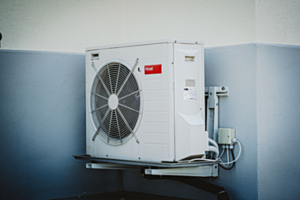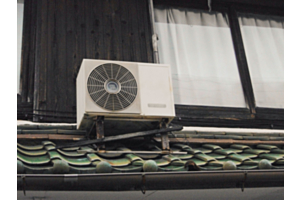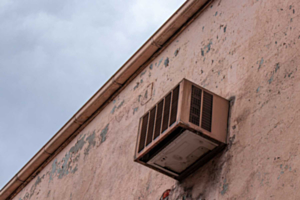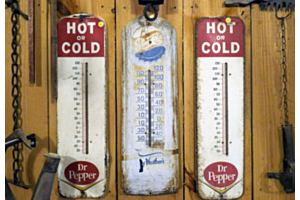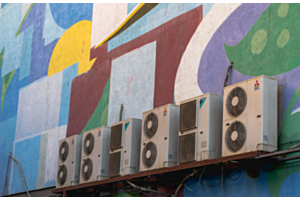Innovations in Mini Split AC Technology

Mini split technology continues to push the boundaries of what’s possible, and customers benefit. Let’s review some of the latest innovations in ductless tech.
Compatibility with Wi-Fi
Admittedly, Wi-Fi is far from the new kid on the block, but mini splits have now caught up with most household tech in that they’re Wi-Fi-ready.
More mini splits are manufactured with Wi-Fi remotes. This internet-friendly remote enables you to set the temperature of your mini split even if you’re not in the same room.
Imagine knowing your bedroom will be hot because it’s early summer and you haven’t run the AC all day. You can turn it on in advance so the room is nice and chilly by the time you get upstairs to get changed after a long day of work.
Or, picture that it’s a cold winter day, and you want a toasty nook to settle down in and read a good book. You can use the mini split’s Wi-Fi remote to configure the temperature before you enter so it’s just right.
Predictive Maintenance
Predictive maintenance is the big news across the land in the world of HVAC. As technology has gotten smarter, these units can predict what kind of maintenance they’ll need and when.
The unit can produce outputs about its performance and operation. A mini split technician can review this data to gauge which maintenance tasks to prioritize.
Predictive maintenance can prevent mini split breakdowns (rare as they already are), saving homeowners from costly repairs and prolonging the life of the unit.
Scroll Compressors
Variable-speed operation mini splits have paved the way for scroll compressors, which generate heat from the outdoors. If you’ve ever had a mini split freeze because you live in a very cold region or due to coolant issues, a scroll compressor could be an ideal solution for you.
Inverter Technology
Inverters enable the compressor to keep running, but this isn’t as detrimental as it seems. The compressor runs at the level required based on how well the home or building receives heating or cooling.
For example, let’s say you set your thermostat to 70 degrees Fahrenheit, but the home is 72 degrees. The mini split inverter will work hard to get the home to 70 degrees, then run at a reduced rate while the temps remain at 70.
If the temperatures increase more, the inverter will work harder again, and so on.
We’ve discussed on the blog how it’s more advantageous to keep your units running as often as possible. Turning a mini split on and off can wear down the unit over time, as it requires a lot of power to run after being turned off than it does to rev back up to cool the room as you want.


